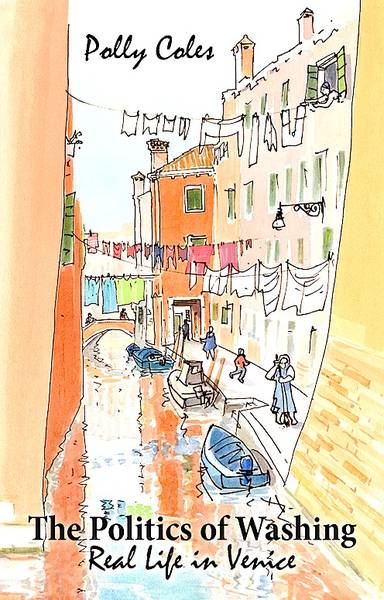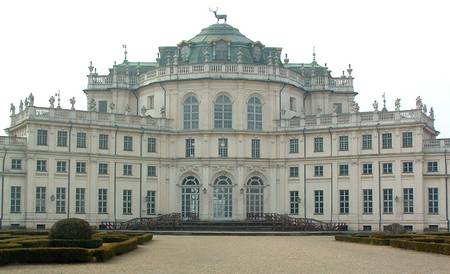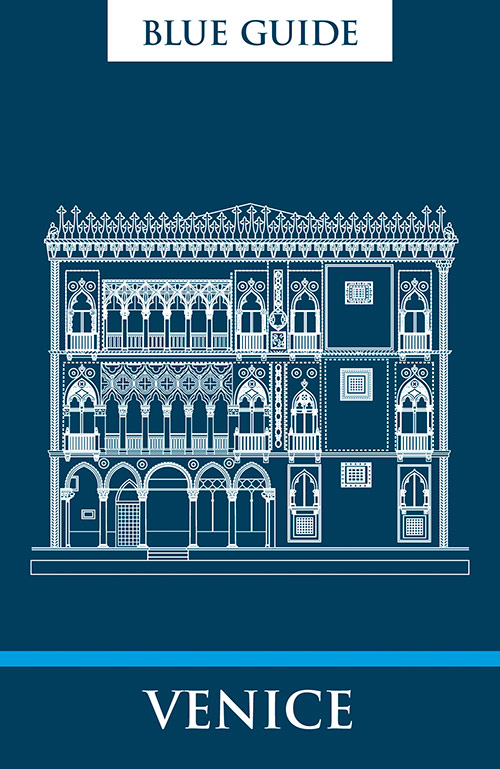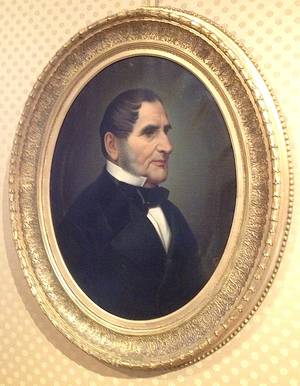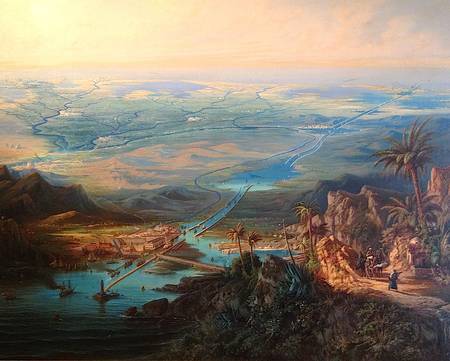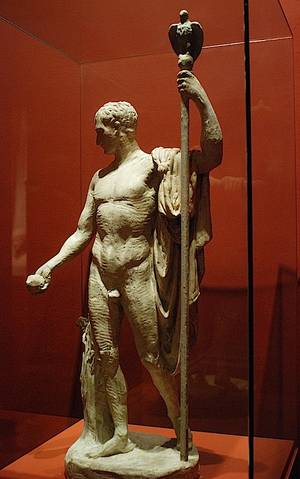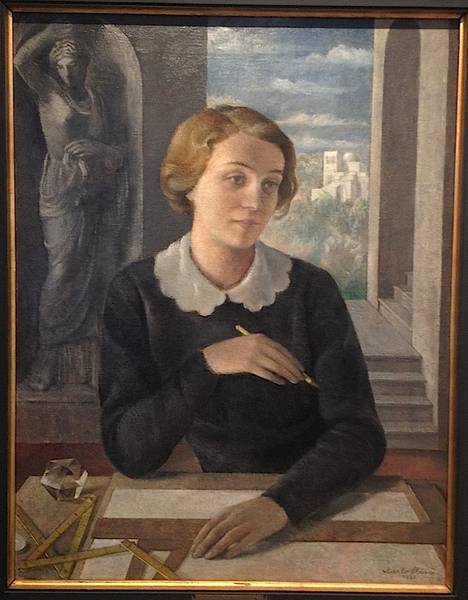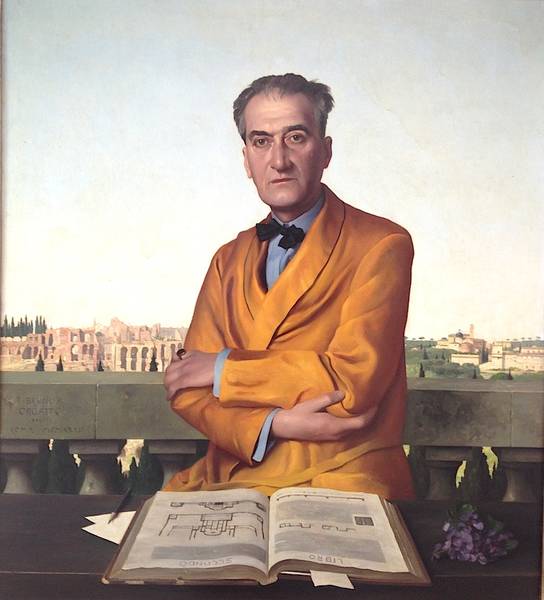Yes, but which one? The Spanish, the Persian or the Turkish? When it comes to carpets there is plenty of choice and although I spent a week at it, I am not too sure which one it was.
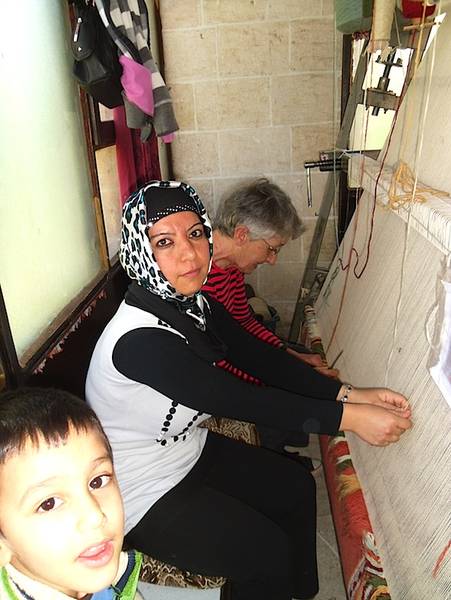
Carpet making has a long tradition in Turkey. It harks back to distant times when the ancestors of today’s settled and urbanised Turks were roaming the steppes with huge flocks of sheep. In a way, carpet-making is to sheep rearing what cheese and yoghurt are to milk production: a way to deal with huge surpluses—and a very successful one indeed. Even if mechanised production is the norm in the West, the old ways have not disappeared here and local municipalities are keen to preserve and encourage the tradition. That’s how I found myself knocking at the door of Urfa’s Belediye carpet workshop in the northern part of town, in an area set aside for crafts including mosaic, leather, woodwork and ceramics.
Carpet-making is a female occupation. In the long winter days when agricultural tasks are less demanding, women and girls spend months at it. They prepare the wool in the late summer/autumn, when they can be seen fully clothed, waist high in the water, beating the lanolin out of it with big sticks. Then they dry it and dye it and, come the winter, it is time to weave it. When they are done, the men step in. A van collects the production of an area and takes them off to be sold. Distant Istanbul is a favourite destination because of the size of the market. The best buyers will snap up a whole vanload at once, no questions asked. That way they can ensure a steady supply.
This does not mean that men are unable to make carpets. They run the shops and do the repairs between clients.
There are two main categories of carpet: kilims, which are woven, and the knotted variety, made of either wool or silk. In the workshop I attended I saw all of them but for practical reasons I ended up with a wool carpet. Normally, carpet-making is a one-woman job. You really need a very wide carpet to accommodate two people working side by side. Fortunately I found Songül, halfway through a huge carpet (well over 2.5m wide) destined for the foreign market, apparently Spain. She kindly agreed to be my mentor and put up with my Turkish.
It was clear from the outset that I had the wrong kind of hand: too many fingers or not enough of them to twist a strand of wool quickly and efficiently through the warp. To start with I was using both hands, which caused some hilarity: the women in the workshop could do it with just one finger, two at most. Anyway, I got better with practice and graduated to using the scissors to trim the pile after each complete run. The scissors look like an instrument of torture, which indeed they are. They are huge and heavy and have to be used with two hands, one at each end, and even then I got cramps. I was better at operating the machinery of the loom between runs. I quickly learned to pay attention to the pattern because each mistake means unpicking all the way back (I got some experience of that as well).
There must have been something like two dozen looms in the workshop, of various sizes. Some women came in for the whole day with their preschool children and we all took it in turns to mind them. Teenage girls dropped in after school to work on their projects. Whether they will want to continue making carpets later on, when they calculate their hourly rate, is an interesting point to debate. Carpet-making is a very slow process, even when you are good at it. Together with Songül we completed about four centimetres of our big carpet in five days. She was quick, very quick (my ‘contribution’ probably slowed her down); even so, she will take over a year to finish that one carpet.
So what did I learn from five days of carpet-making? Female companionship for sure. I was welcomed with unquestioning friendliness and made to feel part of the group. We shared food, laughter and silence with the occasional clanking of the looms and the ever-present Turkish (or Kurdish?) music wafting from someone’s transistor radio. Dancing around the looms even broke out at some point.
It also gave me an appreciation of the work itself. I have always been a keen carpet buyer, ready to strike a bargain, haggling and softening vendors’ hearts with my knowledge of the language. Turkish-speaking tourists are a rarity in Turkey and a source of wonder and awe.
But if I ever buy another carpet (though my small house has no clear floor space left) I will probably haggle less—or possibly not at all.
By Paola Pugsley, author of Blue Guide Eastern Turkey and Blue Guide Southeastern Turkey, available now for download.







